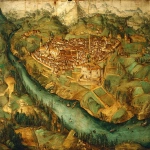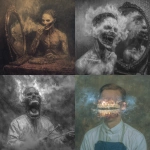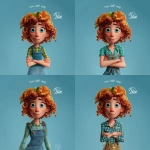Explore the Best AI Image Gallery

Beyond the Canvas: How IoT is Transforming the Creative Industry
The Internet of Things (IoT) has permeated nearly every aspect of our lives, from smart homes to connected cities. Yet, its impact extends far beyond everyday convenience; its revolutionizing the creative landscape, empowering artists, designers, and innovators with unprecedented tools and possibilities. This convergence of technology and creativity is blurring traditional boundaries, giving rise to immersive experiences, interactive art installations, and new forms of self-expression.
A Symphony of Senses: Applications in Art and Design
The IoTs ability to connect physical objects to the digital world opens doors for artists to create truly dynamic and engaging pieces. Imagine sculptures that respond to touch, paintings that shift colors based on the viewers emotions, or musical compositions generated by real-time environmental data.
- Interactive Installations: IoT sensors can be integrated into art installations, allowing viewers to interact with and influence the artwork in real time. A sculpture might pulsate with light as people approach, or a soundscape could morph based on the movement and presence of the audience.
- Responsive Environments: Artists can utilize IoT to create immersive environments that react to their surroundings. Imagine walking through a room where the lighting, temperature, and even scents change based on your presence and emotions.
- Data-Driven Art: IoT sensors can collect vast amounts of data about the world around us – from weather patterns to social media trends. Artists can leverage this data to create visually compelling pieces that reflect the complexities of our interconnected lives.
Wearable Tech: A Canvas for Personal Expression
Beyond static installations, wearable technology is empowering individuals to become creators themselves. Smartwatches, fitness trackers, and augmented reality glasses can be used to express creativity through personalized experiences, interactive storytelling, and even body-based art.
- Augmented Reality (AR) Experiences: Imagine wearing AR glasses that overlay digital artwork onto the real world, transforming your surroundings into a dynamic canvas. Artists can use this technology to create immersive stories, interactive performances, or personalized experiences tailored to each viewer.
- Wearable Art as Self-Expression: Smart textiles and wearable sensors allow individuals to express themselves through their clothing. Imagine garments that change color based on mood, light up in response to music, or even display interactive patterns that respond to the wearers movements.
- Data Visualization on the Body: Wearable technology can be used to visualize personal data in creative ways, transforming health metrics, social connections, or even thoughts and emotions into wearable art forms.
Navigating Ethical Considerations
As IoT integration deepens within the creative industry, its crucial to address the ethical implications.
- Data Privacy and Security: IoT devices collect vast amounts of personal data, raising concerns about privacy and security. Its essential to ensure that users have control over their data and that robust safeguards are in place to protect it from misuse.
- Algorithmic Bias: AI algorithms used in creative applications can perpetuate existing biases, leading to unfair or discriminatory outcomes. Addressing algorithmic bias through diverse datasets and transparent development practices is crucial for ensuring equitable access and representation within the creative sphere.
- Accessibility and Inclusivity: Creative technologies should be accessible to all individuals, regardless of their abilities or backgrounds. Its important to design inclusive solutions that cater to a wide range of needs and perspectives.
The Future of Creativity: A Connected Canvas
Looking ahead, the convergence of IoT and creativity promises even more transformative possibilities.
- Hyper-Personalization: Imagine personalized art experiences tailored to individual preferences, tastes, and emotional states, powered by AI algorithms and real-time data analysis.
- Collaborative Creativity: IoT platforms can facilitate global collaborations between artists, designers, and innovators, breaking down geographical barriers and fostering cross-cultural exchange.
- Immersive Storytelling: From virtual reality experiences to interactive narratives woven into the physical world, IoT will enable creators to craft immersive stories that engage multiple senses and blur the lines between reality and imagination.
The future of creativity is interconnected. As we embrace the possibilities of IoT, its essential to approach this evolution with a mindful and ethical lens. By fostering collaboration, promoting inclusivity, and prioritizing responsible innovation, we can harness the transformative power of IoT to unlock new frontiers in art, design, and human expression.

](https://images.ai-img.art/thumbnails/150/26c16e4f635deee86633de398088ca98d9bb748d6e7601436b07e882fab236cb.webp)
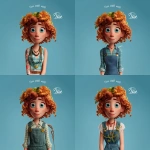


](https://images.ai-img.art/thumbnails/150/e6a179db327f0374ec327d0fdab48ac1f2dc47123eed103b0a41ed346280d07d.webp)
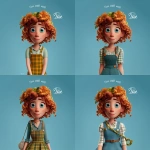

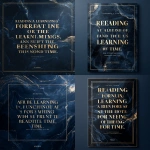
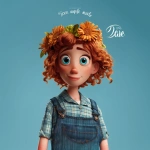


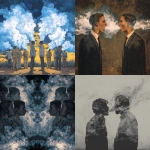




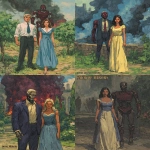
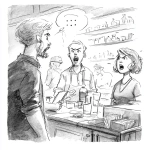
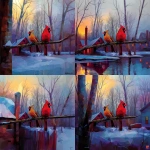
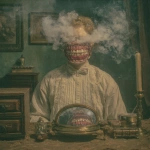
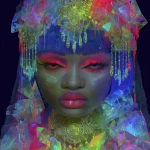

](https://images.ai-img.art/thumbnails/150/6c909fd6d38caac6572b592dd97831deb7d6562bba142798574677582676dfc1.webp)


](https://images.ai-img.art/thumbnails/150/60973df1d727dbbf8e6922b7e4836814ab6012106eb9dcfe99aea7aec15f3710.webp)
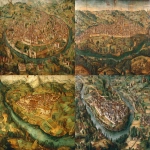
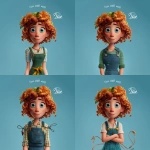

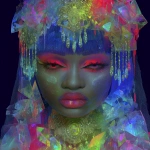
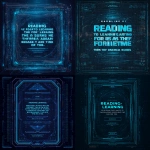
](https://images.ai-img.art/thumbnails/150/1202074d0d60b08b64d0f91f36468608aaac200a02b721cc8e6d8ec8a908432c.webp)
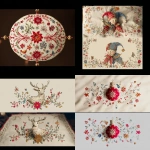

](https://images.ai-img.art/thumbnails/150/655229c40961cb7ff5abd4b4190e02c94ea1a961106e7547a562649c945268be.webp)


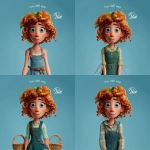

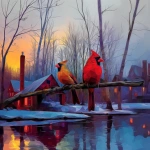
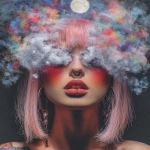
](https://images.ai-img.art/thumbnails/150/184b4b030e30be0a6d51b544226cb4cf2271977814d935d3aaa2b7529355b3b7.webp)


